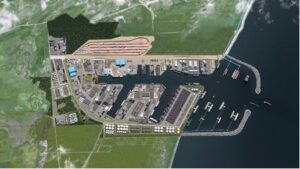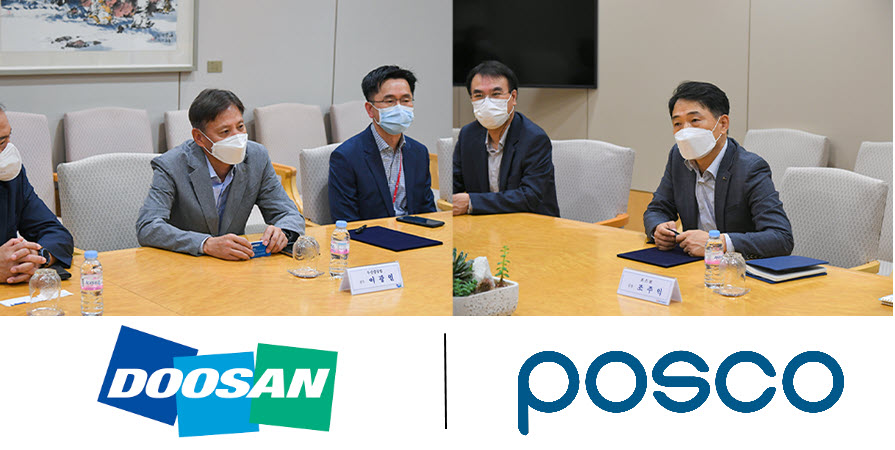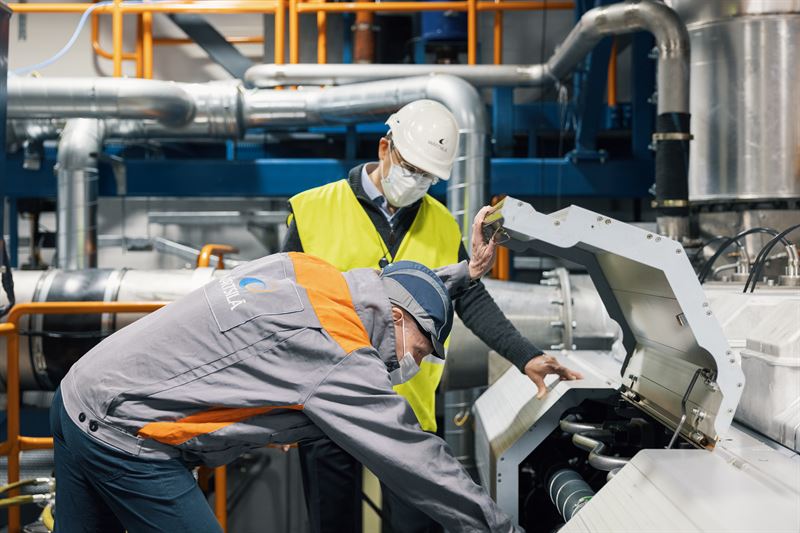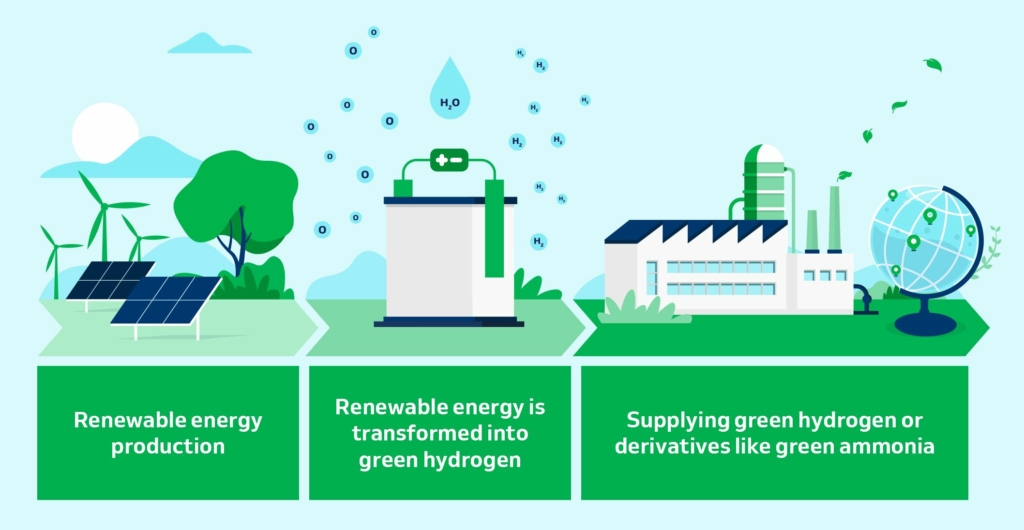H2 Challenge launched to fund hydrogen & ammonia innovation
Applications are now open for the H2 Challenge - an initiative set to identify the best hydrogen-related projects from across the globe for funding support. The Challenge is open for applications from: International startups from Pre-Seed to Series C+ stages, university teams/academia and strategic partners (established SMEs) that develop hardware and/or software solutions across multiple use cases and projects within the hydrogen value chain - Production, Transportation & Storage, End-use Applications, Carbon Capture Utilisation & Storage, or Ammonia Applications.









